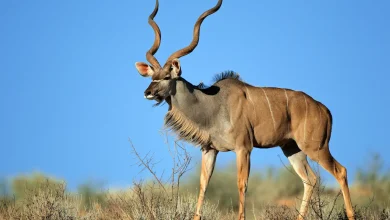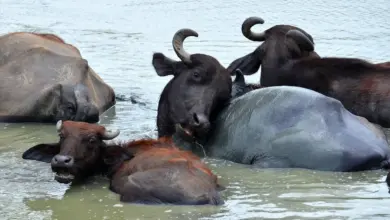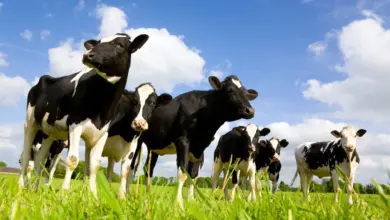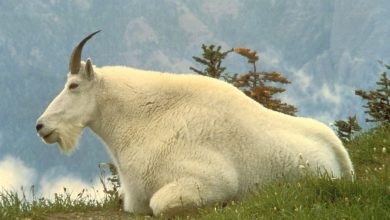What Eats Sheep?
What Eats Sheep? What Do Sheep Eat?
Domesticated sheep have been an integral livestock species to humankind over thousands of years, prized for their wool, milk, and meat.
But despite their close relationship with people, sheep have retained their vulnerable prey animal status, lacking defensive adaptations. This makes them tempting targets for predators when not properly safeguarded.
As human civilization transitioned from hunter-gatherer to agriculture, wild sheep like mouflon and argali were domesticated into more docile breeds dependent on human care.
This process ensured easy access to sheep products that could sustain and expand human populations. Flocks grazed and browsed peacefully on pastures and hillsides accompanied by vigilant shepherds.
In this article, we will provide deeper insight into sheep’s position in the food chain by surveying major predator species that feed on them. Both wild and feral predators will be detailed, covering threats across different continents and environments.
By understanding the hunting tactics, appetites for mutton, and driving hunger motivations among animals that eat sheep, farmers can better implement protective countermeasures.
This knowledge allows shepherds to minimize losses and preserve their livelihood against opportunists seeking to benefit at the flock’s expense.
Coyotes
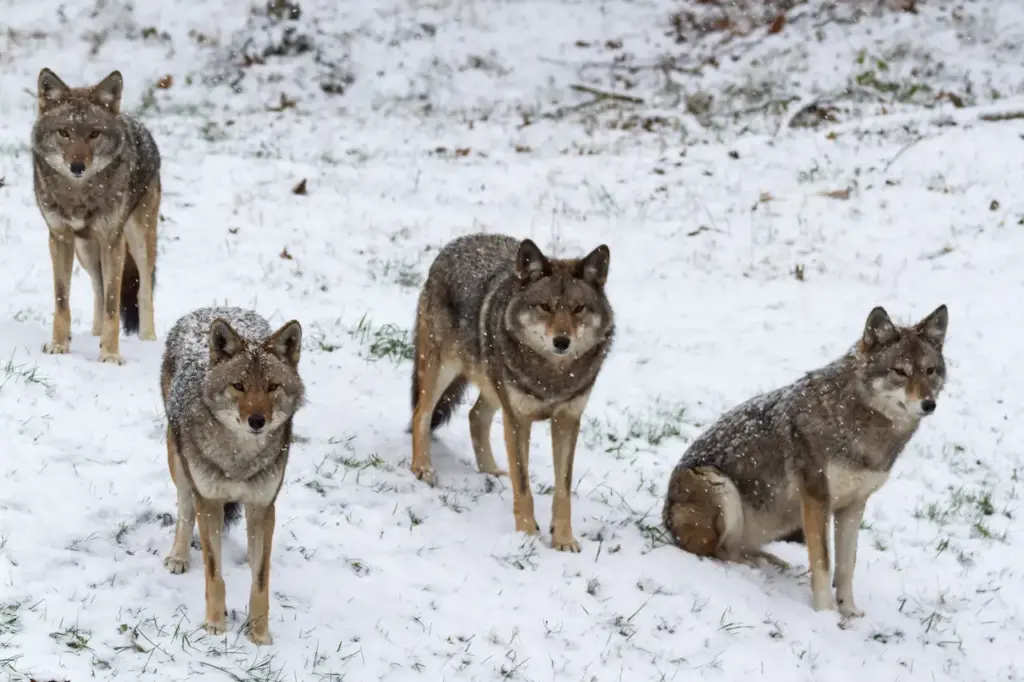
Coyotes are one of the biggest threats to sheep in many areas of North America, including the United States and parts of Canada. Given the opportunity, these opportunistic predators will readily prey on domestic sheep of all ages.
They primarily hunt at dusk and dawn, relying on stealth and teamwork to take down their quarry. Coyotes usually target the neck and hindquarters of sheep. They aim to sever blood vessels and puncture the trachea to suffocate their victim.
Sheep often flee instinctively when stalked by coyotes. This makes them easier to capture than if they stood their ground as a flock. Lone lambs are particularly easy prey for coyotes.
But they have also been known to take down adult sheep when hunting in packs. Preventative measures like securing animals at night can limit coyote attacks.
Wolves
The grey wolf, a prominent predator across North America and Eurasia, regularly feeds on wild and domestic sheep. These skilled hunters pursue even large adult rams with ease due to their power and stamina.
A single pack of wolves can decimate a flock of sheep in one hunting outing by giving chase and targeting the neck and flanks. Unlike coyotes, wolves do not rely on stealth and wear down sheep in a lengthy chase.
They can sustain high speeds for some distance in open landscapes like pastures and mountain valleys where sheep graze. Preventing wolf access and adequately securing sheep at night is key.
Some non-lethal deterrents can also be used to avoid conflicts between wolves and sheep farmers. But in many cases, wolves may still view sheep as fairly irresistible potential prey whenever encountered.
Bears
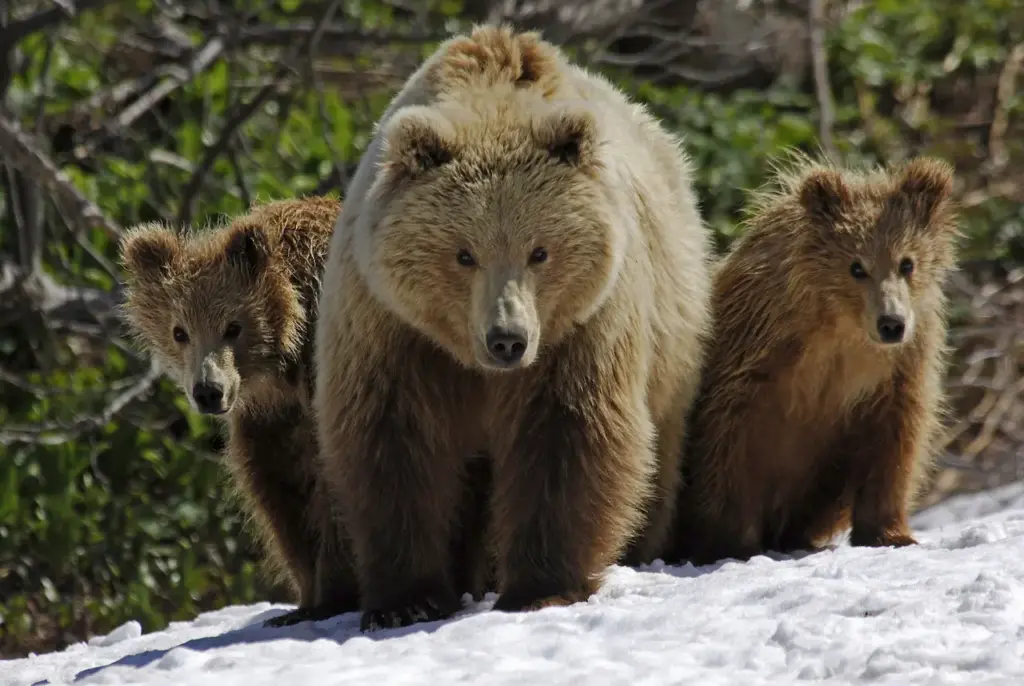
While not thought of primarily as sheep predators, several bear species will opportunistically prey on domestic sheep when possible. The most frequent offenders include grizzly bears and black bears.
In some regions, Asian black bears and Himalayan brown bears have also been known to prey on sheep as well. These predators generally do not pursue sheep over long distances as canids do. Instead, they rely on stalking close enough to attack, often from hiding.
Sheep often flee in panic from bears during an attack. But due to the power of these massive predators, flight does little to improve the sheep’s odds once targeted at close range.
Typically, a single bite or swipe from a bear can kill an adult sheep. Young lambs may frequently be snatched or carried off if encountered. Keeping sheep secured from potential bear habitat can reduce losses, especially at night when bears are most active.
Mountain Lions
Perhaps the most efficient sheep hunters pound-for-pound in North America are mountain lions, also known as cougars, panthers, or pumas, depending on the region.
These large feline predators are powerfully built for launching ambushes on prey. And they can readily take down even mature bighorn rams and other large wild sheep.
Mountain lions utilize a technique known as strangulation to kill sheep and other ungulates. They seize the throat and suffocate their victim rapidly by clamping down with their canine teeth. They also may break the neck vertebrae or crush the windpipe.
Death often occurs in less than 5 minutes, faster than some other sheep predators. Like wolves, mountain lions do not tire easily and can pursue sheep by sprinting and leaping long distances.
Making sure sheep are protected at night from mountain lion habitat can help reduce attacks. But this elusive predator still threatens sheep grazing areas in some regions of North America.
Feral Dogs
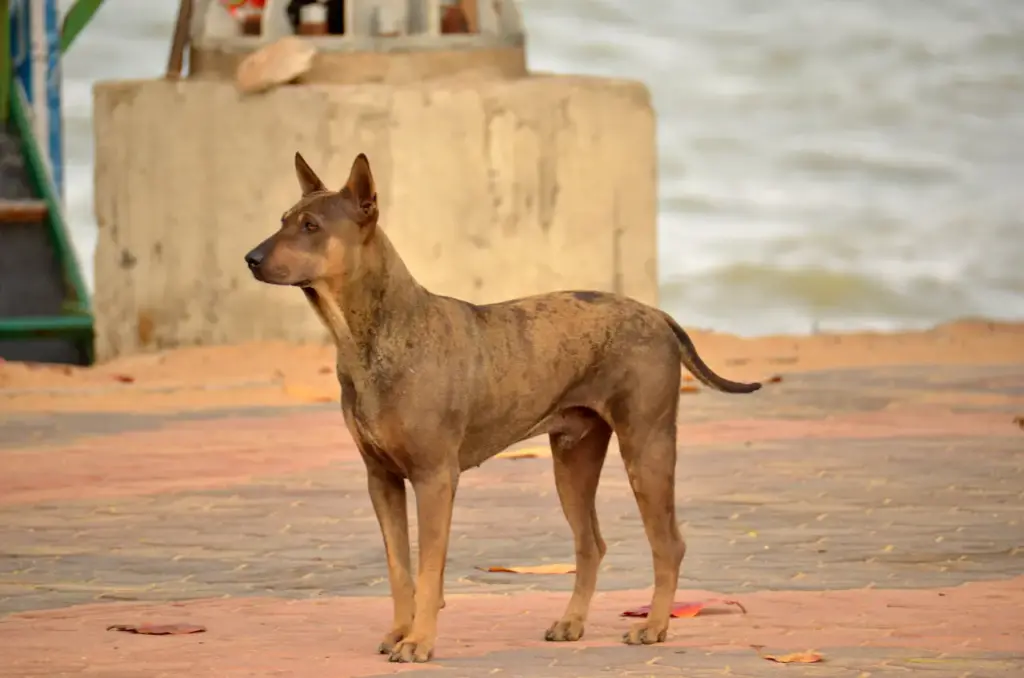
In many rural farming regions and developing parts of the world, stray and feral dogs take a heavy toll on sheep due to lack of confinement and protection.
These dogs often run in packs which allows them to take down even mature stock under coordinated attack, much like wolves function. Feral dogs usually inflict trauma through severe bite wounds, leading to bleeding, infection, and inhibited movement.
Sheep may be killed quickly or left injured by dogs that lose interest after the flock scatters. Consistent methods to contain or deter dogs are often lacking in regions without robust animal control.
So sheep farmers can face frequent losses from marauding dog packs in some areas. Secure night enclosures and flock guardians like livestock guardian dogs are two of the most effective means pet breeders and shepherds have to protect against losses to feral dogs in this problematic situation.
Additional Threats
The predators detailed above are the primary animals that prey on sheep worldwide. But sheep face additional risks from other opportunistic predators and may be attacked even by animals not thought of as typical hunters of hoofed stock.
For example, feral hogs are capable of injuring, killing, and consuming lambs. And other carnivores like jackals may pull down isolated lambs if desperate.
Even birds of prey can threaten small lambs, with eagles documented as killing and carrying off young stock in some cases. Large constrictor snakes like anacondas, pythons, and boas have also been known to prey on sheep in regions where these species occur.
Essentially, any meat-eating animal near sheep-populated areas could view these docile animals as potential prey depending on hunger levels and circumstances.
So maintaining protective standards for sheep is important even for not just major predators like coyotes, wolves, and mountain lions – but also other wildlife in the region where flocks are kept.
Conclusion
Sheep face threats from a diversity of eager predators due to their gentle and passive flocking nature.
From swift coursers like wolves and coyotes to powerfully built ambush experts like bears and cougars – sheep are a convenient meal for many types of carnivores and omnivores when poorly protected.
But through methods like night enclosures, guardian animals, protective fencing suitable to exclude different threats, and active deterrents, losses can be minimized.
Farmers must often be vigilant to signs of possible pending attacks from wild or feral predators that have taken an interest in their stock.
With advanced planning, continuity of protective measures, and sometimes active management of regional predator populations, sheep farmers can promote flock health.
This allows this useful domesticated species to be productively raised even alongside some of nature’s most effective hunters.

